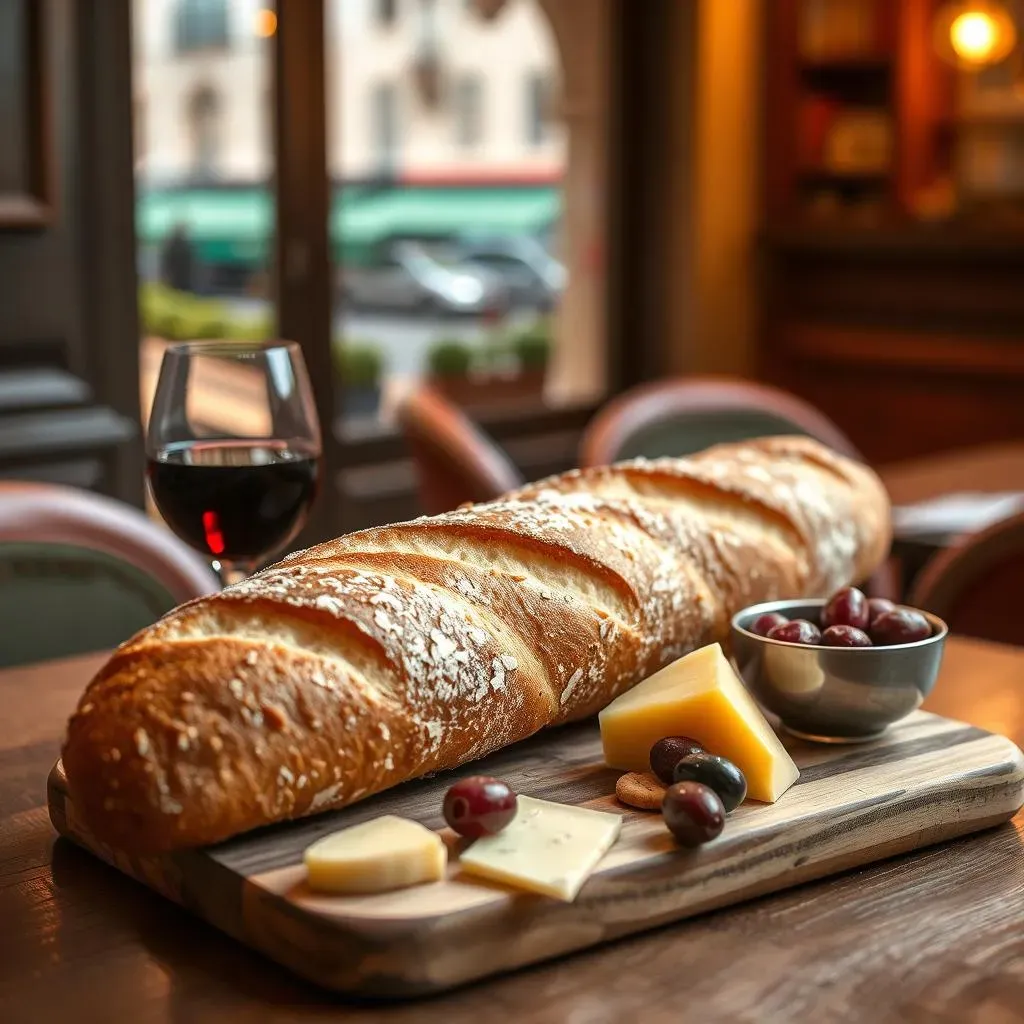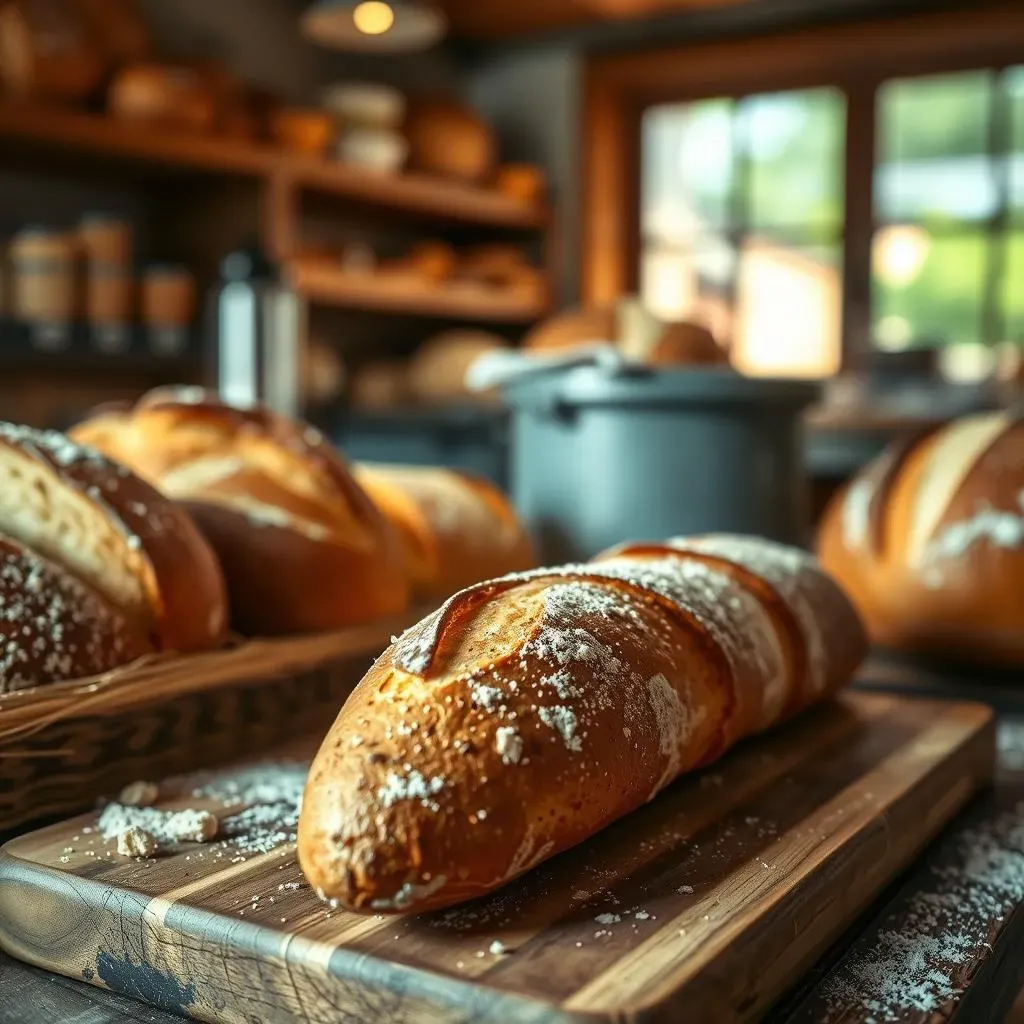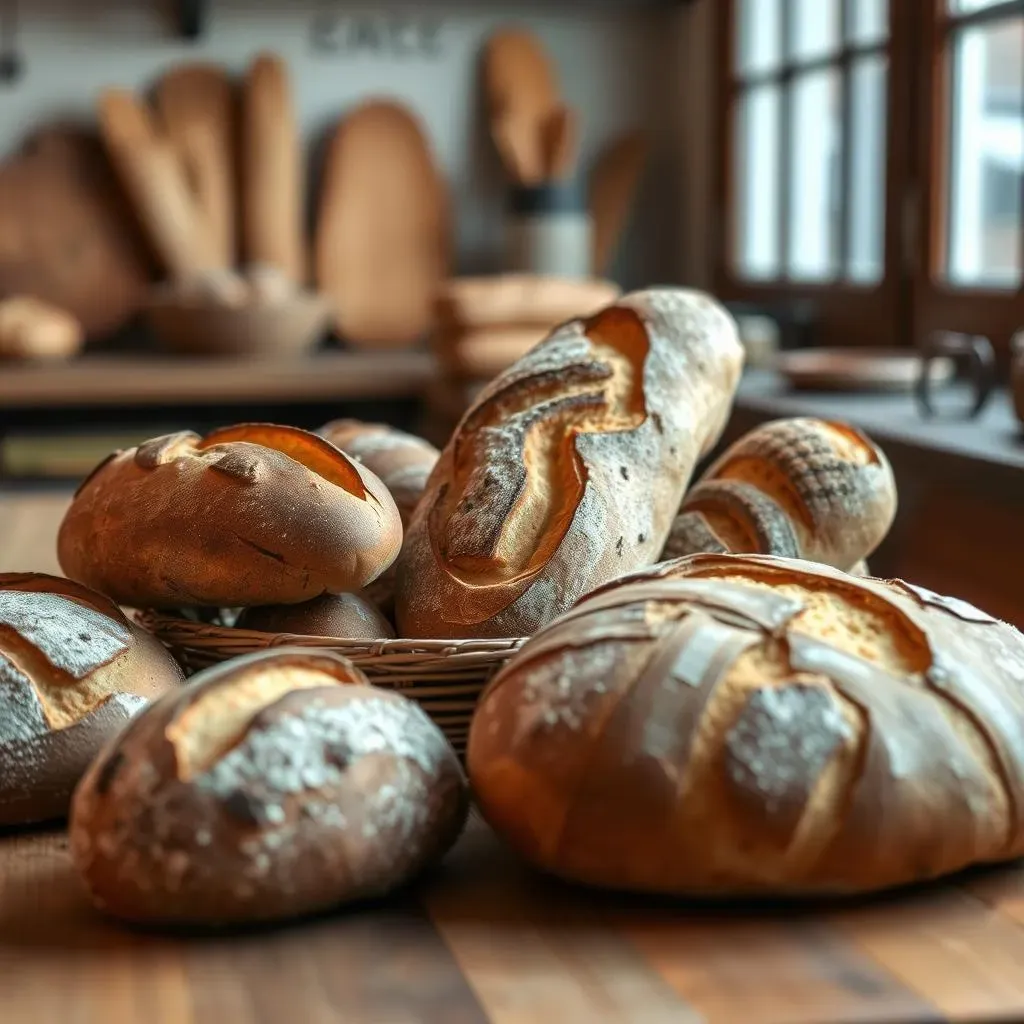Table of Contents
Have you ever stood in a bakery, mesmerized by the golden-brown crusts of baguettes and wondered, "Is a baguette and French bread the same?" The answer, as you'll soon discover, isn't a simple yes or no. This article unravels the delicious mystery surrounding these two beloved bread types. We'll explore the precise definitions of "baguette" and "French bread," highlighting the nuances that set them apart. You'll learn about the key characteristics—shape, texture, ingredients, and even the role of French law—that distinguish a classic baguette from other forms of French bread. We'll delve into the fascinating world of French bread-making, revealing the surprising variety of shapes, sizes, and flavors that exist beyond the iconic baguette. By the end, you'll not only understand the answer to the question "is a baguette and French bread the same," but you'll also have a newfound appreciation for the rich history and artistry of French bread baking. Get ready to embark on a delicious journey of discovery!
Is a Baguette French Bread? Defining the Terms

Is a Baguette French Bread? Defining the Terms
Understanding "French Bread"
So, you're diving into the world of French bread? Fantastic! Let's start with the basics. "French bread" is a broad term, almost like saying "car"—it encompasses a huge variety. Think of it as an umbrella term covering many different types of bread originating from France. It doesn't specify a particular shape, size, or even ingredients, just a general origin. You could find a round boule, a long, thin baguette, or even a rustic country loaf all happily sitting under the "French bread" umbrella. The key is that they all share some connection to French baking traditions.
Term | Description |
|---|---|
French Bread | A general term for bread originating from France, encompassing various shapes and styles. |
Baguette | A specific type of French bread, characterized by its long, thin shape and crispy crust. |
Defining the Baguette
Now, let's talk about the baguette, the star of many a Parisian café. Unlike "French bread," "baguette" is much more specific. It's a type of French bread, but not *all* French bread is a baguette. A baguette is defined by its distinctive shape—long, thin, and often slightly curved. It also boasts a characteristic crispy crust and a soft, airy interior. While the exact ingredients can vary slightly, the classic baguette relies on a simple combination of flour, water, yeast, and salt. This simplicity allows the quality of the ingredients and the baker's skill to truly shine.
- Long, thin shape
- Crispy crust
- Soft, airy interior
- Typically made with flour, water, yeast, and salt
Baguette vs. French Bread: Key Differences and Similarities

Baguette vs. French Bread: Key Differences and Similarities
So, we've defined our terms. Now, let's get to the heart of the matter: what truly sets a baguette apart from other French breads? The most obvious difference is shape. A baguette is instantly recognizable by its long, slender form, often slightly curved. Other French breads, however, come in a dazzling array of shapes – round boules, oval batards, and even elaborate braided loaves. It's the shape that immediately screams "baguette!" Beyond the visual, texture plays a crucial role. Baguettes are famous for their crisp, crackly crust, a result of the high-heat baking process. This contrasts with many other French breads, which might have a softer, chewier crust. Think of a hearty pain de campagne – its crust is delicious, but it's a different kind of delicious than a baguette's.
Feature | Baguette | Other French Breads |
|---|---|---|
Shape | Long, thin, often slightly curved | Varied; round, oval, braided, etc. |
Crust | Crisp, crackly | Can vary; soft, chewy, or moderately crisp |
Interior | Light and airy | Can vary; from airy to dense |
Beyond shape and texture, the ingredients and baking process can also differ. While a classic baguette uses only flour, water, yeast, and salt, other French breads might incorporate additional ingredients like milk, butter, or even seeds. The baking techniques also vary, influencing the final product's texture and flavor. A baguette's high-heat baking creates that signature crisp crust, while other breads might be baked at lower temperatures for a softer result. It's a fascinating interplay of factors that results in the incredible diversity of French breads.
- Shape: Baguettes are long and thin; other French breads have varied shapes.
- Crust: Baguettes have a crisp crust; other French breads may have softer or chewier crusts.
- Ingredients: Classic baguettes use only flour, water, yeast, and salt; other breads may include additional ingredients.
- Baking Process: Baguettes are baked at high heat; other breads may use different baking temperatures and techniques.
Is All French Bread a Baguette? Exploring the Variety of French Bread

Is All French Bread a Baguette? Exploring the Variety of French Bread
Absolutely not! Thinking all French bread is a baguette is like thinking all cars are sports cars—it's a massive oversimplification. The baguette is just one, incredibly popular, member of a vast and diverse family of French breads. France boasts a rich baking tradition, with each region and even individual bakeries often having their own unique specialties. Beyond the baguette, you'll find a world of delicious possibilities. There's the *boule*, a round loaf perfect for dipping; the *batard*, an oval-shaped loaf with a rustic charm; and the *pain de campagne*, a hearty country bread with a robust flavor. Then there are the more elaborate shapes, like the *épi* (ear of wheat) and the *couronne* (crown), which showcase the baker's skill and artistry.
Bread Type | Shape | Texture |
|---|---|---|
Boule | Round | Dense, chewy |
Batard | Oval | Slightly airy, rustic |
Pain de Campagne | Irregular, rustic | Dense, hearty |
Épi | Ear of wheat | Airy, slightly crisp |
Couronne | Crown | Airy, slightly crisp |
Each of these breads has its own unique character, determined by factors like flour type, hydration level, fermentation time, and baking technique. The differences aren't just about looks, either. The texture and taste can vary dramatically, from the airy lightness of a baguette to the dense chewiness of a *pain de campagne*. Some are best enjoyed on their own, while others are perfect for sandwiches or dipping in soups. Exploring this variety is a culinary adventure in itself!
- Flour Type (e.g., whole wheat, rye, etc.)
- Hydration Level (the ratio of water to flour)
- Fermentation Time (influences flavor development)
- Baking Technique (oven temperature, baking time, etc.)
